“Experience is simply the name we give our mistakes.” — Oscar Wilde
When you’ve worked in the deep trenches of critical infrastructure long enough, like quite a few of our longest tenured employee owners, you know that the most valuable lessons don’t come from a textbook or a policy manual. Rather, we learn the most, right in the field, from those real world mistakes and mishaps—or “experiences” as Oscar Wilde would say.
So, we asked our Associates about their most valuable gems of wisdom that they could pass on to colleagues in the industry. Here are some of the top answers we received. We're sharing them here, in hopes that we'll be able to save others from learning some unfortunate lessons the hard way.
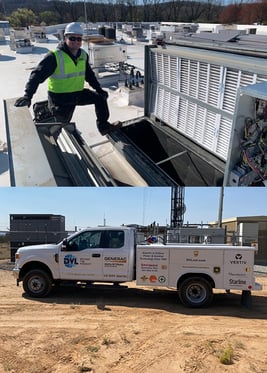
- Spare parts are an on-site technician’s best friend.
- A single-point-of-failure is NOT an end user’s best friend.
- A hungry mouse can be disastrous to critical wires.
- The smallest of unchecked details can be the source of a project’s biggest (and most expensive) problem.
- Arc-flash is dangerous and not anything you ever want to see.
- Weekly exercises are the surest way to know your GenSet will work when needed.
- The UPS battery system is like a loaf of bread…you only get so many slices (or discharges)…and the bigger, and more often, the discharge, the quicker you’ll need a new loaf.
Let us know what you think of these nuggets. Have you had the unfortunate opportunity to learn any of these lessons on your own? Or do you have an important one to add to the list? Email us at Marketing@DVLnet.com. If we get enough responses, we’ll post a Part 2.

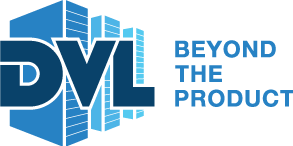
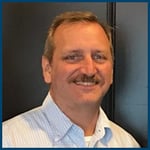
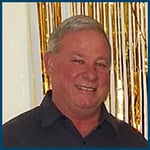
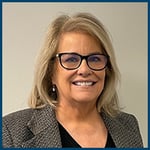
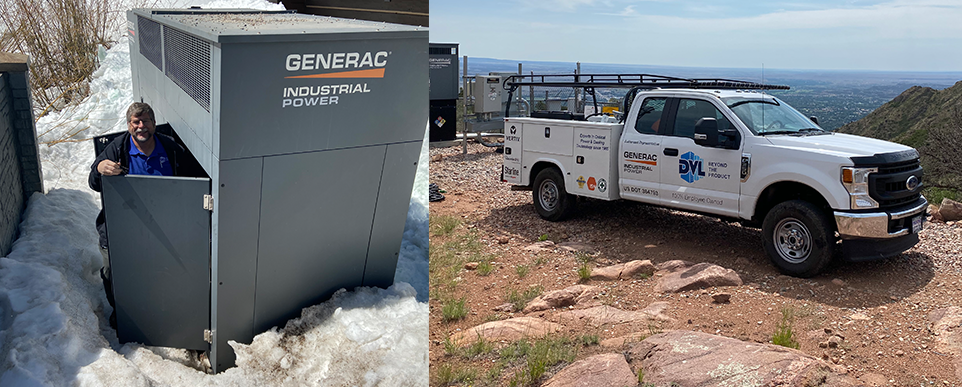
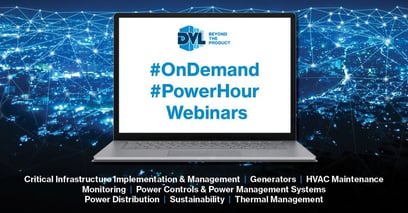
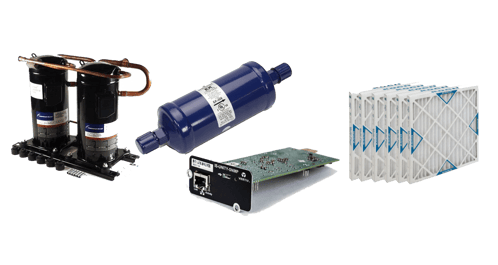 Spare parts for your equipment can be invaluable to have on-hand BEFORE you need them, especially with supply chains as unreliable as they are today. You don't want to be waiting for a piece in the mail that you need to have installed in your data center right away. We recommend a Spare Parts Kit, tailored to your equipment and needs. Don't be left out in the cold (or heat) waiting for much-needed thermal management parts to arrive, AFTER your equipment has called it quits due to a broken piece.
Spare parts for your equipment can be invaluable to have on-hand BEFORE you need them, especially with supply chains as unreliable as they are today. You don't want to be waiting for a piece in the mail that you need to have installed in your data center right away. We recommend a Spare Parts Kit, tailored to your equipment and needs. Don't be left out in the cold (or heat) waiting for much-needed thermal management parts to arrive, AFTER your equipment has called it quits due to a broken piece.




